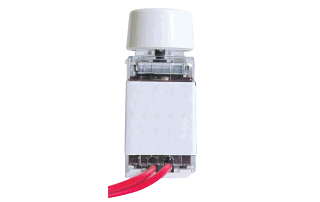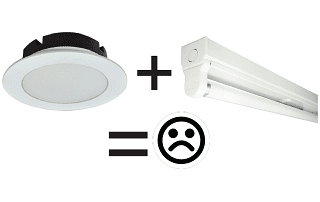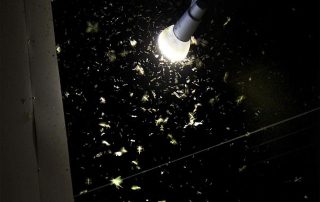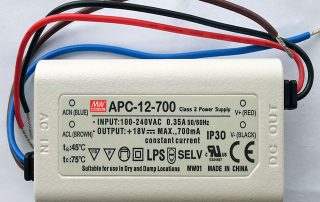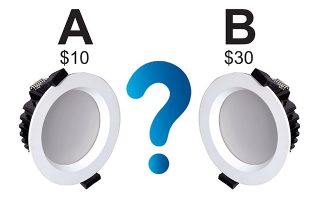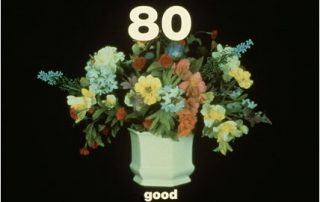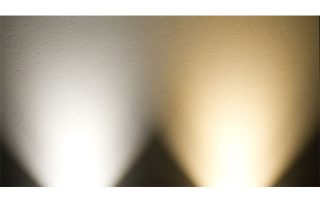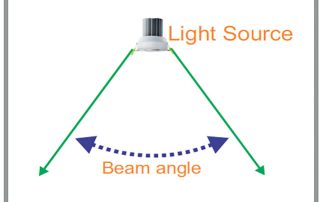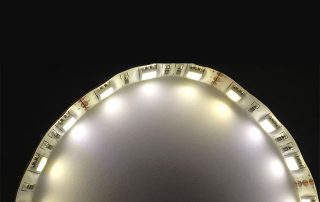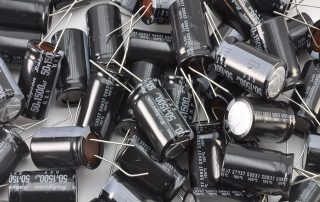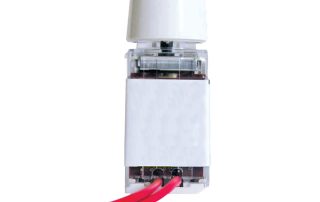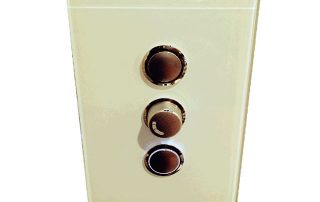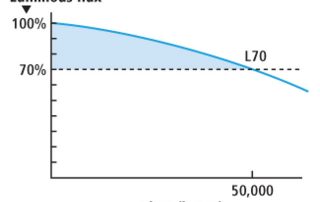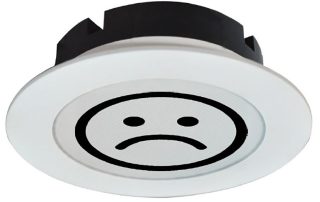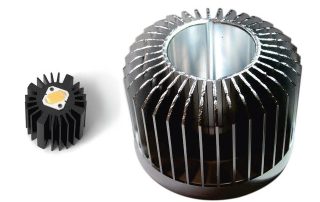Can I use my old wall dimmer with LED’s?
Short answer, they are unlikely to be compatible. Symptoms may include flickering, poor low level dimming control or other issues of instability.
LED and fluorescent lights on the same circuit?
Some things were never meant to work together. If you intend to upgrade some lights to LED, ensure that there are no old technology lights remaining on the same circuit.
Light Pollution and Glare Control
When we have a chance to escape the city and the sky is clear, the stars are an amazing sight. Unfortunately, light pollution is the primary reason our view of the stars is limited in cities.
Lux, Lumens and IES files Explained
Lux and Lumens are often confused. “Lumens” is the total amount of light produced by the lamp or light fitting, while we use “Lux” as a measure to know how much of that light is arriving on to a particular point of a surface. Lux meters can be purchased cheaply to allow measurement of light on your working surfaces, but the cost and complexity of accurately measuring Lumens is far greater.
Driver or Transformer?
Do LED’s work with “drivers” or “transformers?” Short answer, it depends on the design configuration….Most mains operated LED downlights commonly available in Australia today need a driver, which is a collection of electronics that delivers a trickle of DC current to the LED chips to make them illuminate.
Can I cover LED Downlights with insulation?
LED downlights operate at far lower temperatures than the halogen lamps that are still prolific in Australian homes and businesses. However, even the smaller amount of heat LED lights generate must be carefully considered according to the installation environment.
Do LEDs Attract Insects?
Misinformation abounds on this topic. The reality is that conventional light sources emit Ultra Violet (UV) rays which are well know to attract insects.
The Ta and Tc Rating
A lesser known but critical LED light specification is the Ta rating. Ta, or “ambient temperature,” is the reference temperature of the ambient air when the product is tested to deliver the rated performance.
Buying LED Lights Online
There are generally good savings to be had when buying online or directly from manufacturers. However, in the case of LED lights it pays to be particularly cautious since a great deal more due diligence is required to deliver a successful buying outcome in the LED lighting industry, compared to, say, buying “non-technical” products.
LED Cost Variations & Buying Tips
LED prices vary considerably in the market. Here are a few of those reasons summarised, noting these are technical reasons only and cost variations due to other market factors are not considered here...
Colour Rendering
Colour Rendering Index (CRI) is a method to describe colour accuracy, ie the colour appearance of objects under different light sources, when compared to a reference light source.
LED Colour Temperature
Colour temperature is a description of the warmth or coolness of a light source. The Kelvin (K) is a unit of measurement for colour temperature. A practical way to demonstrate colour temperature is by example. A candle produces a warm glow with a yellow/orange appearance and produces this light at around 1850 Kelvin. In contrast, incandescent lamps are 2700K, halogen 3000K, moonlight 4150K and daylight around 5500 Kelvin.
Beam Angle
LED downlights are available in a multitude of beam angles. What is a “beam angle”? In simple terms, it is the width of the light emitted from the luminaire, measured in degrees. A common misconception is that the area outside the stated beam angle would be “dark,” however, this is not the case with common residential lighting.
Chip Binning
Chip binning is not terminology for what to do with faulty chips... It refers to the batching process that segregates mass produced LED chips into different containers, or “bins”.
Driver Inrush Current
The proliferation of Switch Mode Power Supplies (SMPS) in LED drivers has evolved due to the need for LED's to be drip-fed precise levels of current to ensure long life.
LED Dimming – Dimmer Loading
Not only are there significant compatibility issues, but there is also a safety issue that has emerged to be sufficiently serious to warrant its own page. It's one matter to have a flickering light, but a potential fire hazard takes things to the next level.
LED Dimming
Choosing an LED light is difficult enough even if you have no intention to dim the light.
LED Lifetime – L70
LED lights characteristically fade over a very long period of time. The “lifetime” of an LED is generally accepted to be when the luminous output drops to 70% of its original intensity.
LED life – 50,000 hours?
The world is realising that LED’s are not the magical, indestructible light source that was once widely believed.
LED Heatsinks
LEDs generate far less heat than the incandescent technology they replace, so they are a significantly safer option. However, the small amount of heat they do generate must be efficiently removed from the LED chip, otherwise the anticipated life of the product may be reduced.


